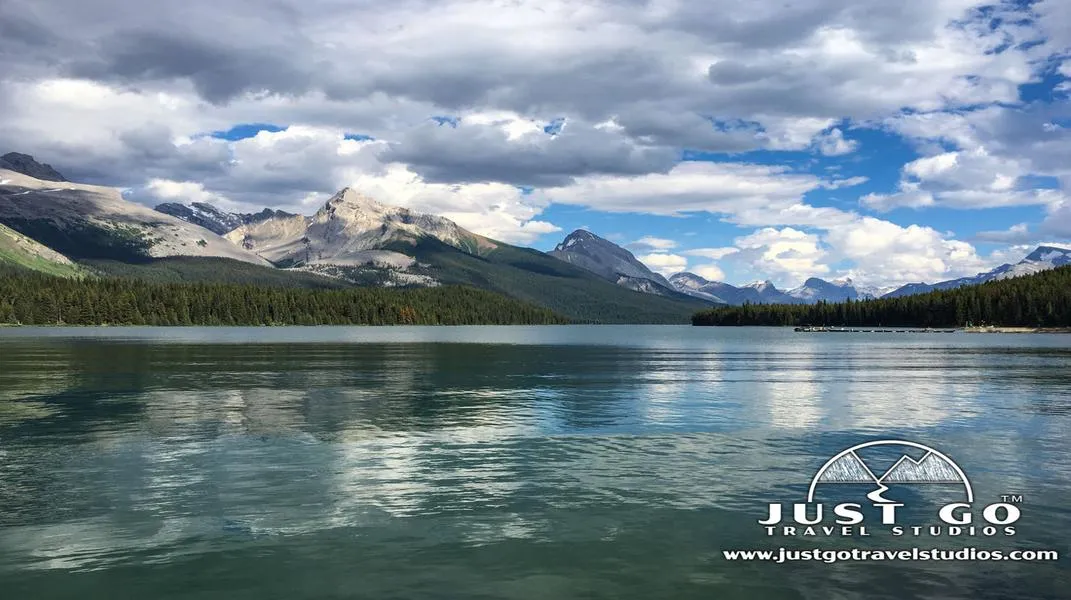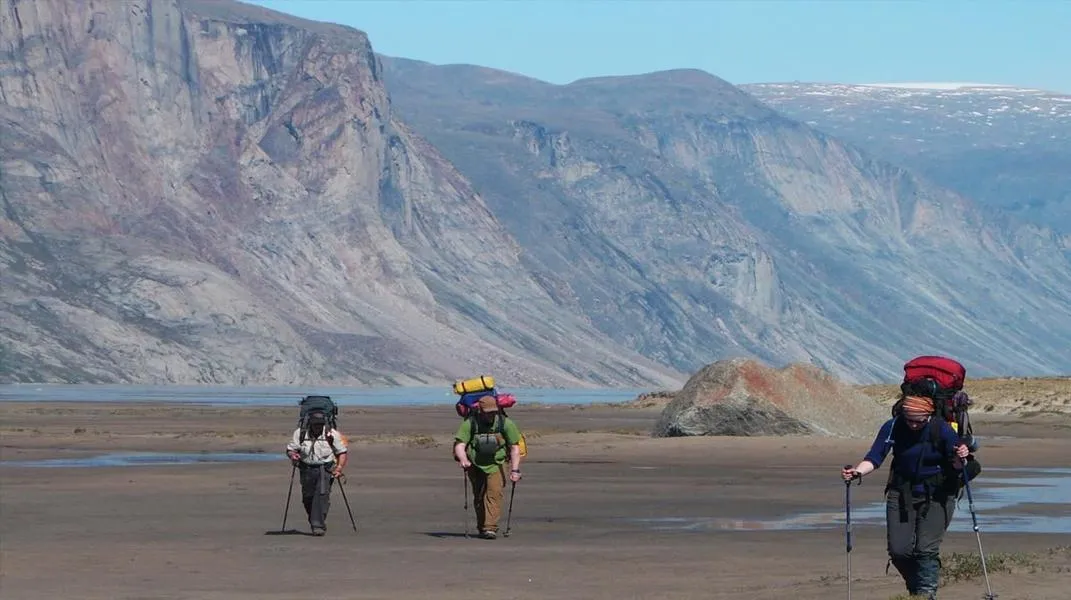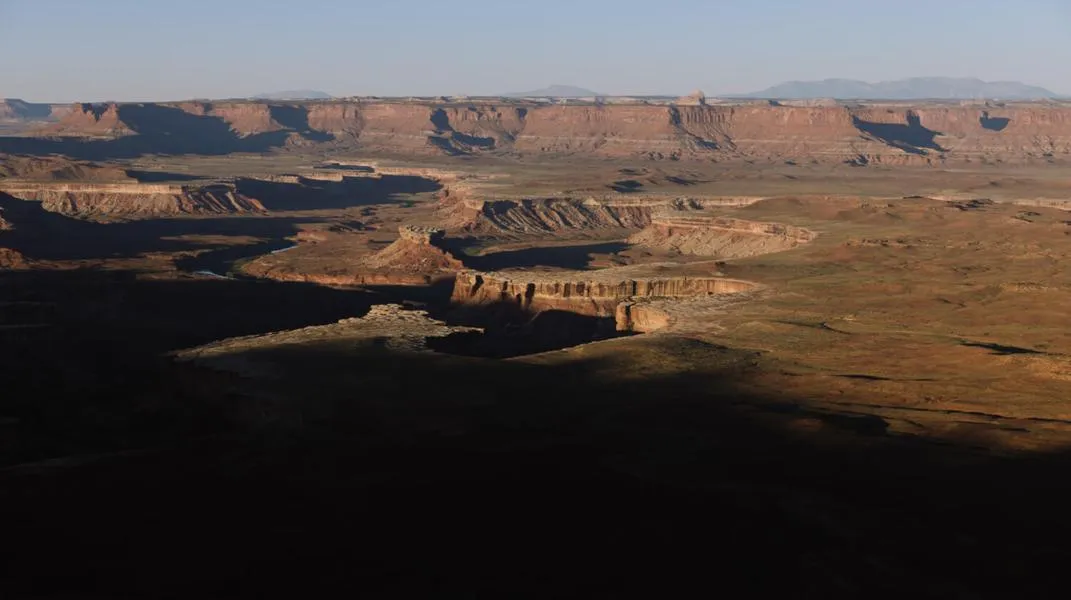Exploring Jasper National Park: A Guide to Canada’s Majestic Wilderness
Nestled in the heart of the Canadian Rockies, Jasper National Park is a breathtaking expanse of pristine wilderness that captivates the hearts of nature enthusiasts and adventure seekers alike. Spanning over 4,200 square kilometers (approximately

A Brief Overview of Jasper National Park
Established in 1907, Jasper National Park is the largest national park in the Canadian Rockies and is renowned for its rugged beauty. The park features a diverse range of environments, from glacier-capped mountains to dense forests, alpine meadows, and crystal-clear lakes. Among its most iconic sights are the towering peaks of the Columbia Icefield, the shimmering waters of Maligne Lake, and the picturesque Athabasca Falls.
Jasper's natural beauty is complemented by its rich cultural history. Indigenous peoples have called this region home for thousands of years, and their spiritual connection to the land is evident in the many sites of significance found throughout the park. Today, Jasper remains a place of cultural importance, and visitors can learn about its history through various interpretations and programs offered in the area.
Wildlife in Jasper National Park
One of the highlights of Jasper National Park is its incredible biodiversity. The park is home to a wide variety of wildlife, including elk, deer, moose, black bears, grizzly bears, wolves, and over 200 species of birds. The best time to observe wildlife is during the dawn and dusk hours when animals are most active. Visitors are encouraged to practice responsible wildlife viewing by keeping a safe distance and never feeding the animals.
Things to Do in Jasper National Park
Jasper National Park offers a plethora of activities for visitors of all ages and interests. Here are some of the most popular things to do:
1. Hiking
With an extensive network of trails ranging from easy walks to challenging backcountry routes, hiking is perhaps the most rewarding way to explore Jasper. Some popular trails include:
- Maligne Canyon: This impressive gorge features stunning rock formations and waterfalls. The 1.5-kilometer trail takes you along the canyon's edge, offering spectacular views.
- Pyramid Lake: A moderate 2.7-kilometer loop trail around this pristine lake provides stunning views of Pyramid Mountain. The area is particularly beautiful in the fall when the leaves change color.
- Mount Edith Cavell: For the more adventurous, the trail to the Edith Cavell Meadows is a must. The trail offers breathtaking views of glaciers, wildflowers, and the Angel Glacier, making it a photographer’s paradise.
2. Canoeing and Kayaking
The serene waters of Maligne Lake are perfect for canoeing and kayaking. Rent a canoe and paddle among the stunning scenery, or join a guided tour to learn about the lake's history and ecology. The tranquility of the lake, surrounded by towering peaks, offers a chance to connect with nature in a unique way.
3. Wildlife Tours
For those looking to enhance their wildlife viewing experience, consider joining a guided wildlife tour. Knowledgeable guides will take you to prime locations for spotting animals while providing insight into their behaviors and habitats.
4. Stargazing
Jasper National Park is designated as a Dark Sky Preserve, making it one of the best places in North America for stargazing. The lack of light pollution allows for breathtaking views of the night sky. Each October, the Jasper Dark Sky Festival celebrates this celestial wonder with a series of events, including talks from astronomers, photography workshops, and outdoor stargazing sessions.
5. Scenic Drives
Take a leisurely drive along the Icefields Parkway, one of the most scenic highways in the world. The 232-kilometer stretch between Jasper and Banff offers panoramic views of the mountains, glaciers, and turquoise lakes. Stops along the route include the Athabasca Falls, Sunwapta Falls, and the Columbia Icefield, where you can take a guided glacier tour.
Preparing for Your Visit to Jasper National Park
A visit to Jasper National Park requires some planning to ensure you make the most of your experience. Here are some essential materials and tips to prepare for your trip:
1. Park Pass
Before entering Jasper National Park, you’ll need a valid park pass. Daily and annual passes are available for purchase at park entrances, visitor centers, or online. The fees contribute to the maintenance and conservation of the park. Keep your pass visible in your vehicle at all times.
2. Accommodation
Jasper offers a variety of accommodation options, including hotels, lodges, campgrounds, and hostels. If you plan to camp, reservations are highly recommended, especially during peak summer months. Popular campgrounds include Wapiti Campground, Whistler Campground, and Pocahontas Campground.
3. Clothing and Gear
Given the diverse terrain and changing weather conditions, it's essential to pack appropriately. Key clothing and gear items include:
- Layered Clothing: The weather can change rapidly in the mountains, so dress in layers. A moisture-wicking base layer, insulating mid-layer, and waterproof outer layer are ideal.
- Hiking Boots: Invest in sturdy, comfortable hiking boots to navigate the trails safely.
- Backpack: A good quality backpack will help carry your essentials, such as water, snacks, first aid kits, and extra clothing.
- Rain Gear: Don't forget a waterproof jacket or poncho to stay dry during unexpected rain showers.
- Sun Protection: Bring sunglasses, sunscreen, and a wide-brimmed hat to protect yourself from the sun’s rays, especially at higher elevations.
4. Navigation Tools
While many trails and attractions are well-marked, having a map or trail guide can be helpful. Consider downloading offline maps on your smartphone, and carry a portable charger for longer hikes. The Jasper National Park website offers downloadable maps and resources to help you navigate the park.
5. Food and Water
Pack sufficient snacks and meals for your adventures. If you plan to hike or engage in outdoor activities, hydration is key. Bring a reusable water bottle or hydration pack and refill it at water stations throughout the park.
6. First Aid Kit
Accidents can happen, so it’s wise to carry a basic first aid kit that includes bandages, antiseptic wipes, pain relievers, and any personal medications.
7. Respect Wildlife
Always maintain a safe distance from wildlife and never approach or feed animals. Familiarize yourself with bear safety practices, such as carrying bear spray and making noise while hiking to avoid surprising bears.
Conclusion
Jasper National Park is a treasure trove of natural wonders waiting to be explored. From its towering mountains and pristine lakes to its diverse wildlife and endless recreational opportunities, every corner of this park offers a chance to connect with nature and experience the great outdoors. With a little preparation and a sense of adventure, you can create unforgettable memories in one of Canada’s most spectacular national parks. Whether you spend your days hiking through alpine meadows, paddling on serene lakes, or stargazing under a blanket of stars, Jasper National Park promises an experience that will leave you longing to return. So pack your bags, grab your camera, and get ready to immerse yourself in the majestic beauty of Jasper National Park!




